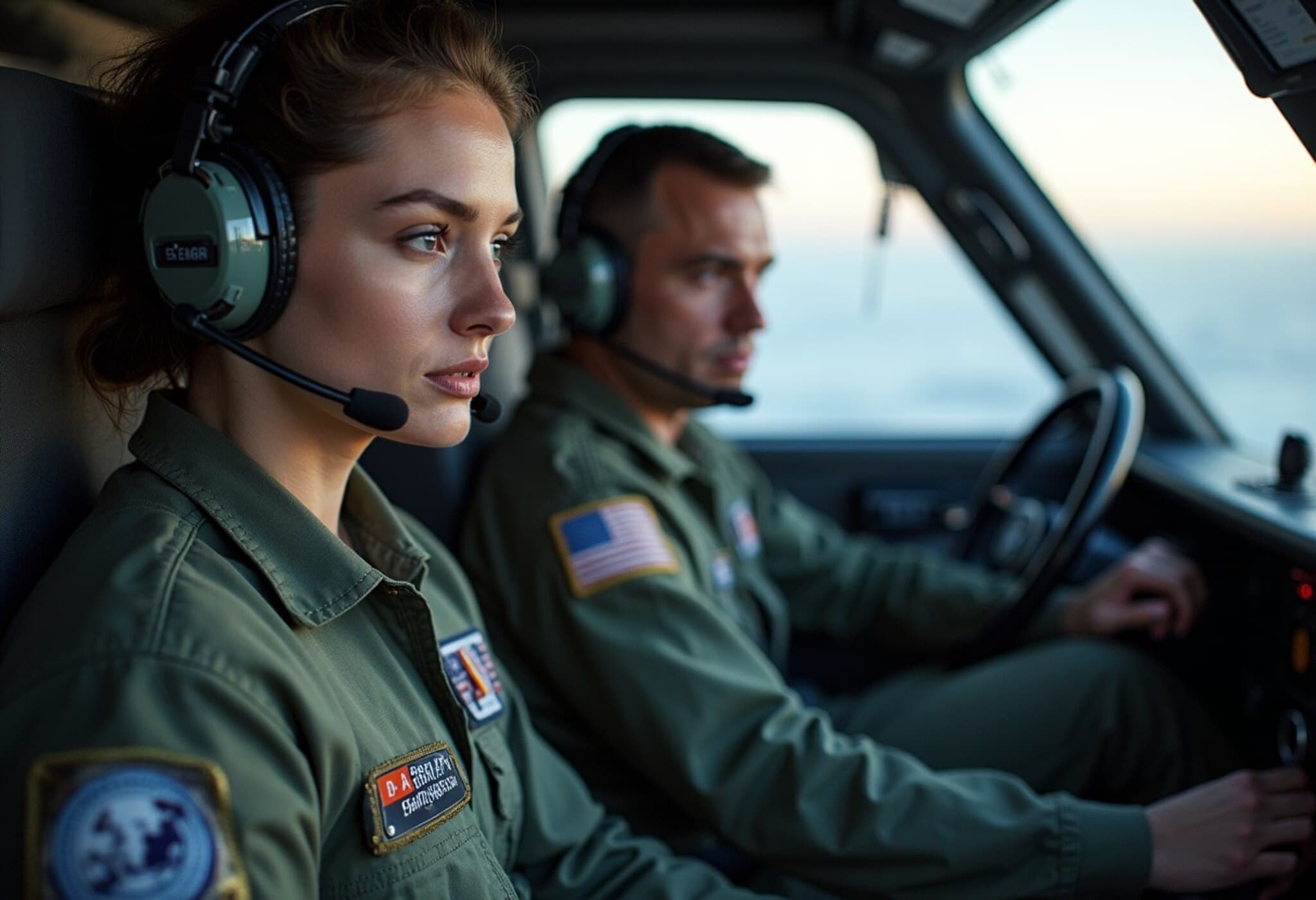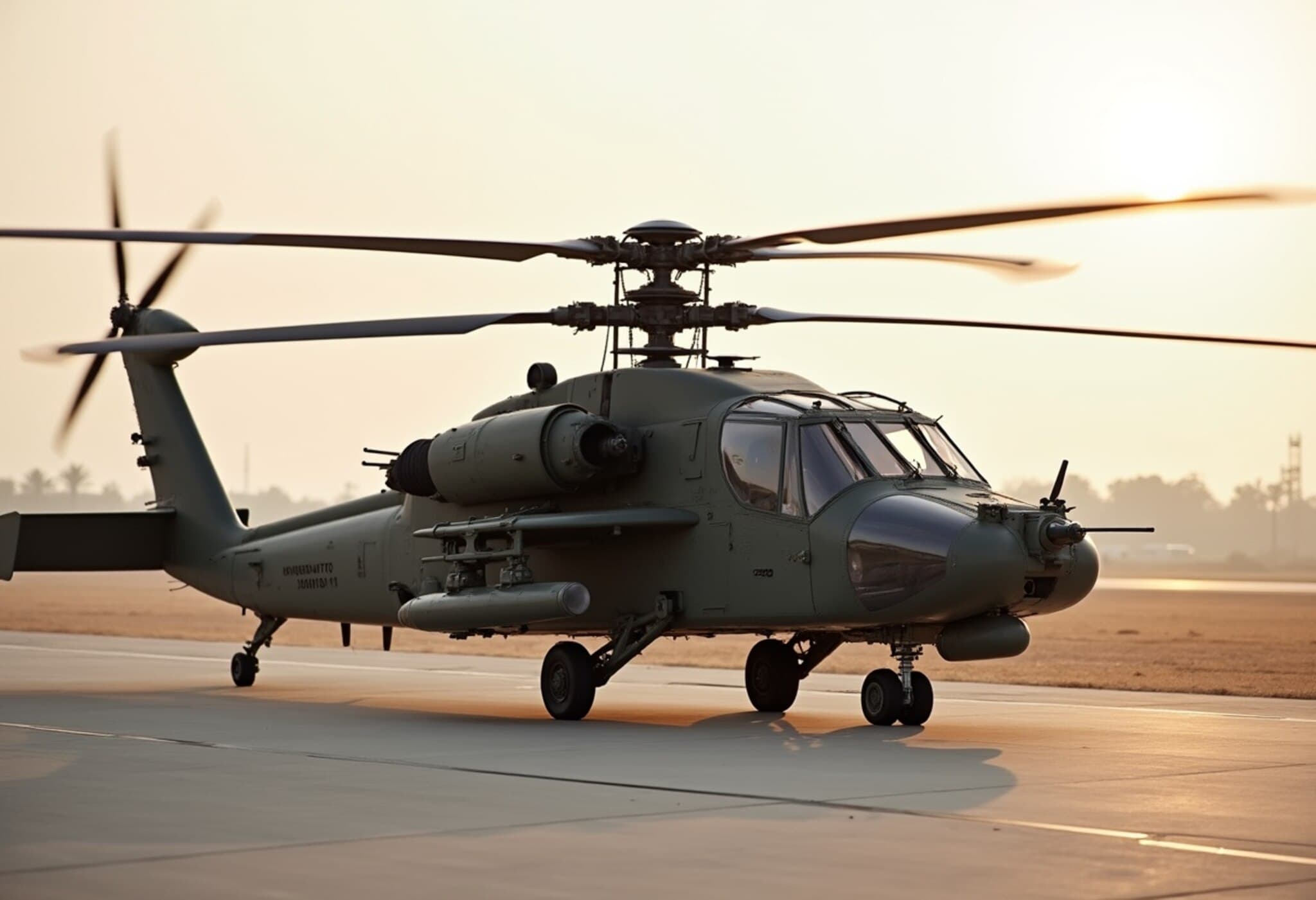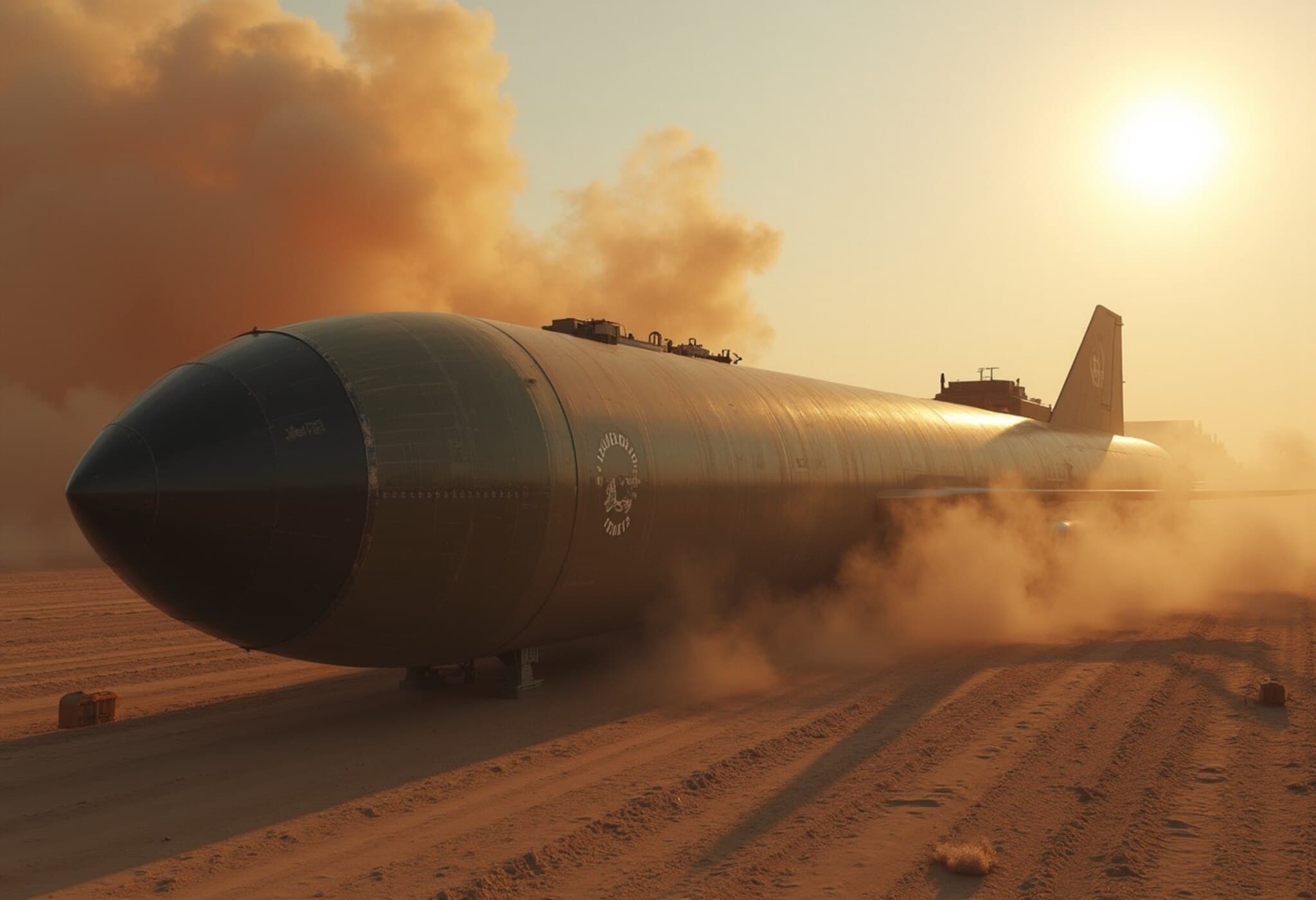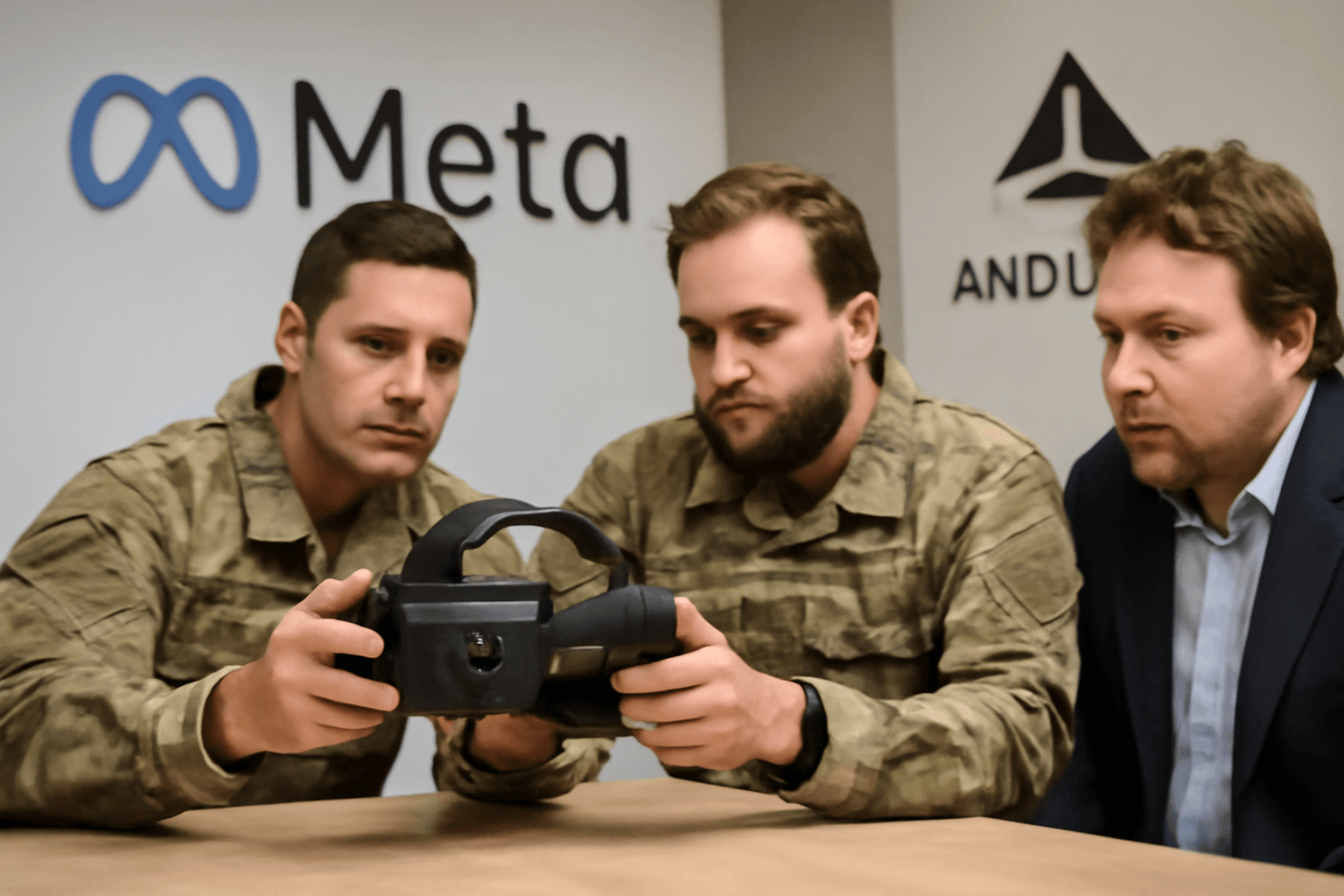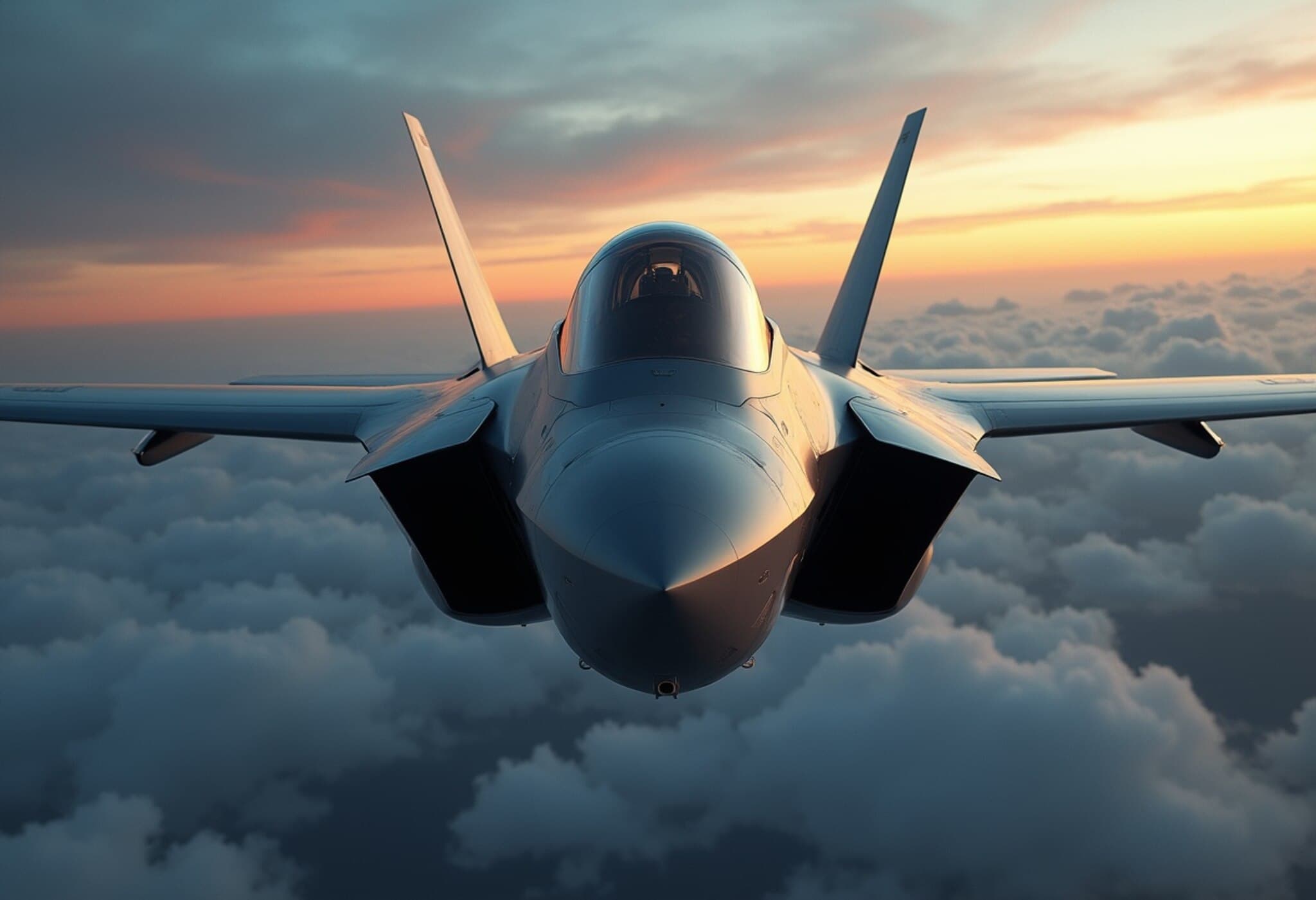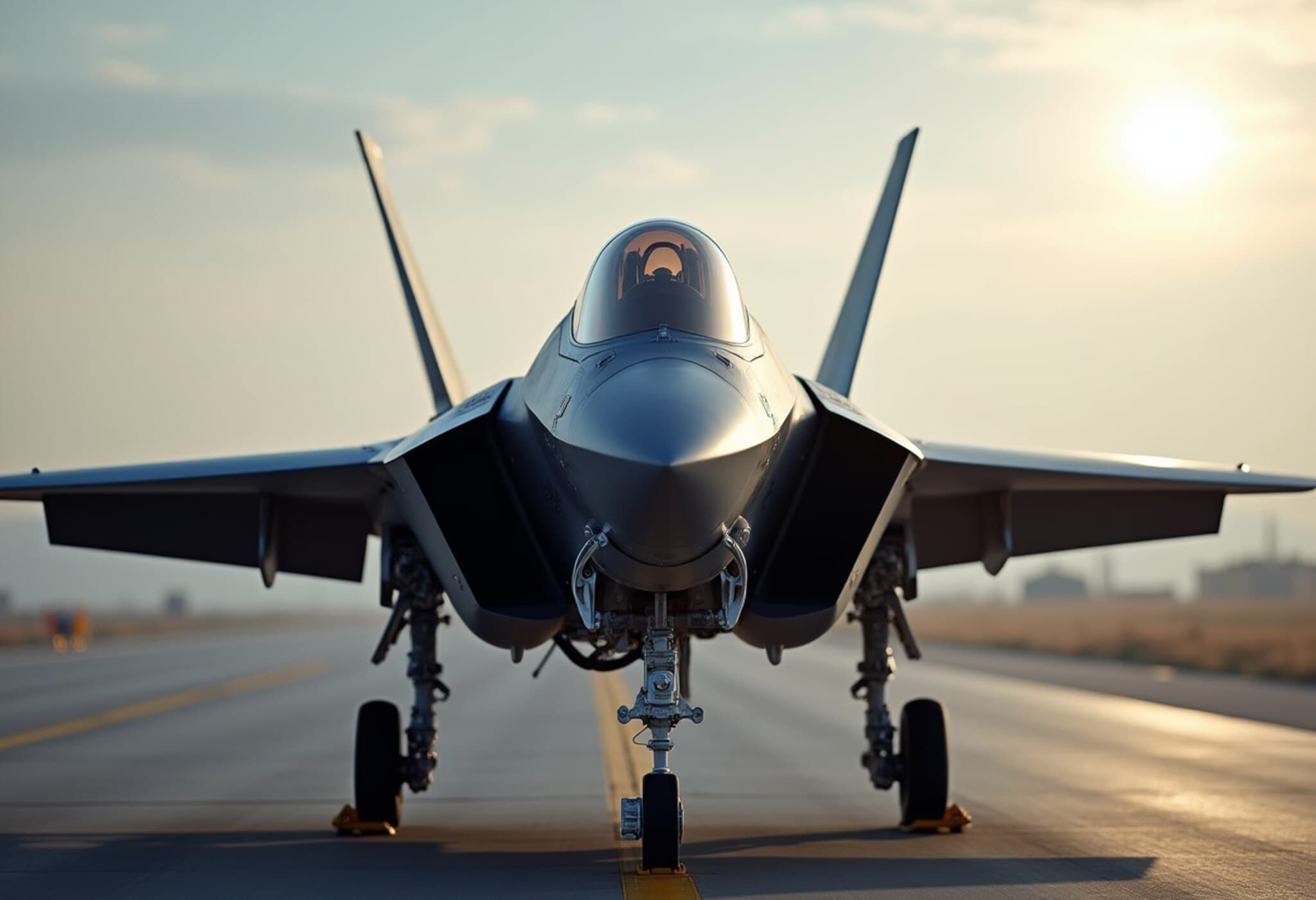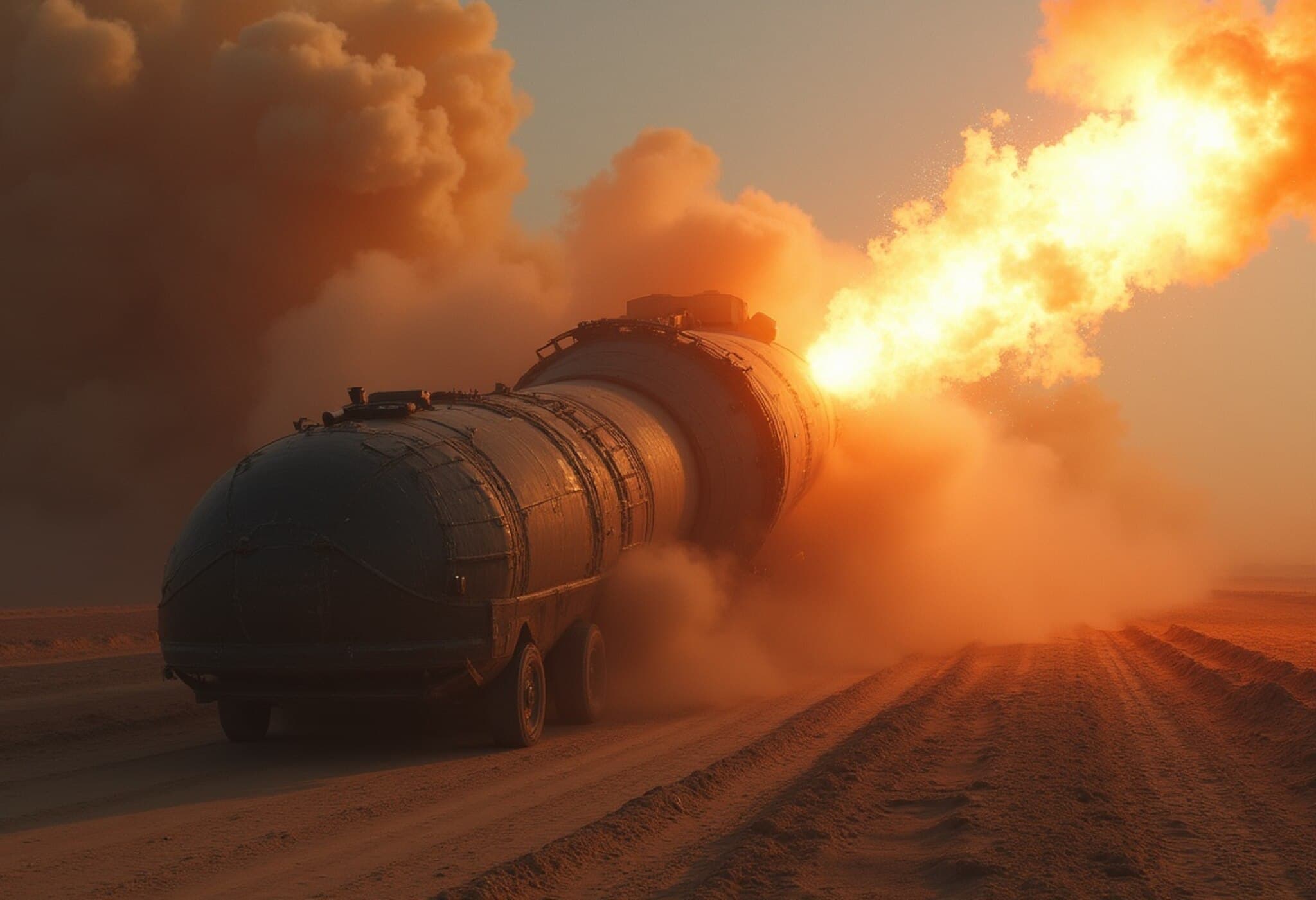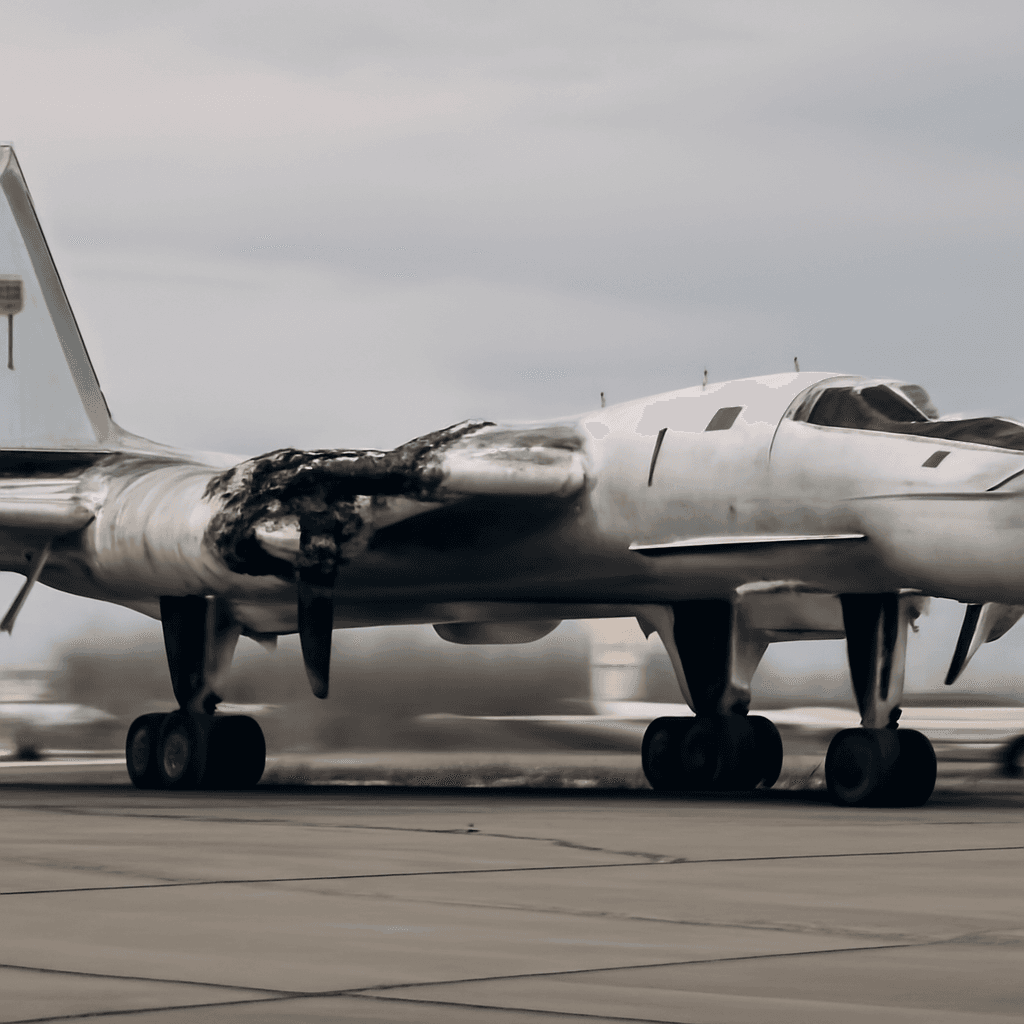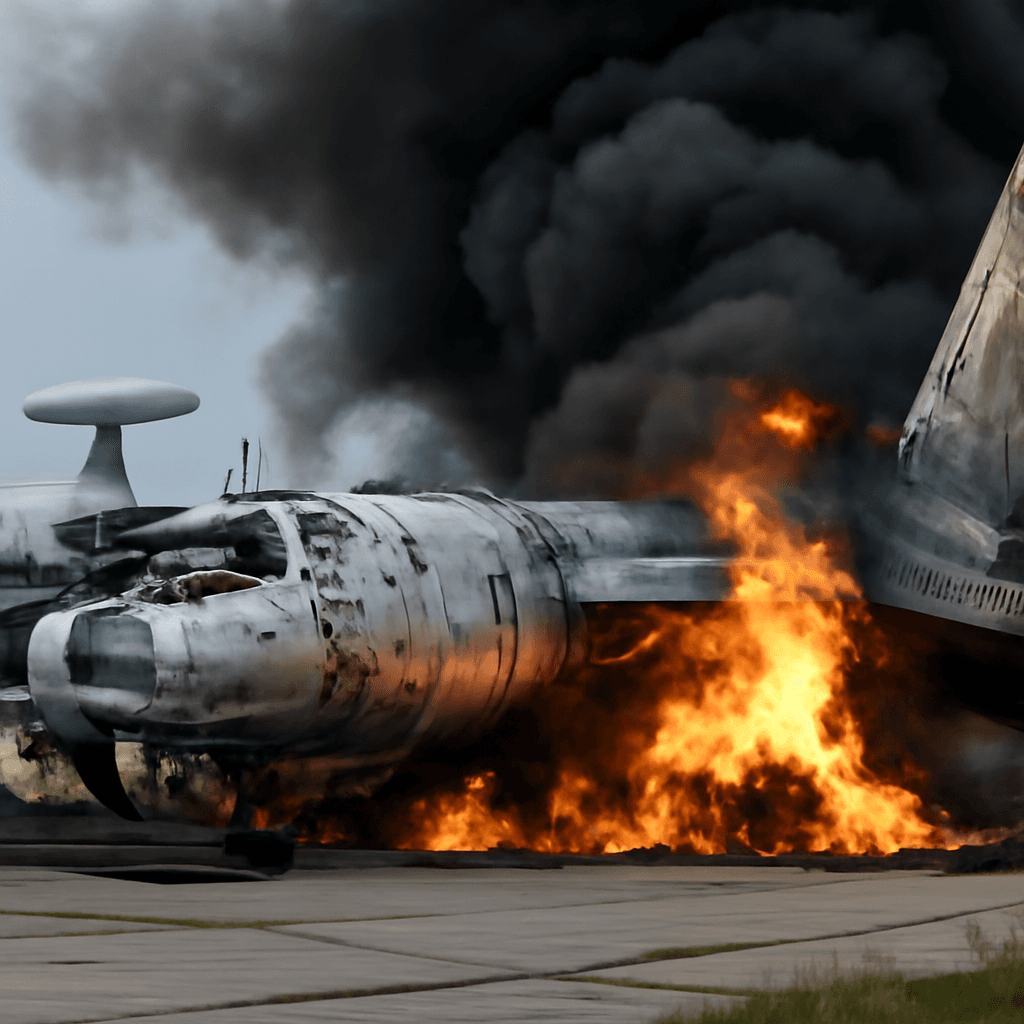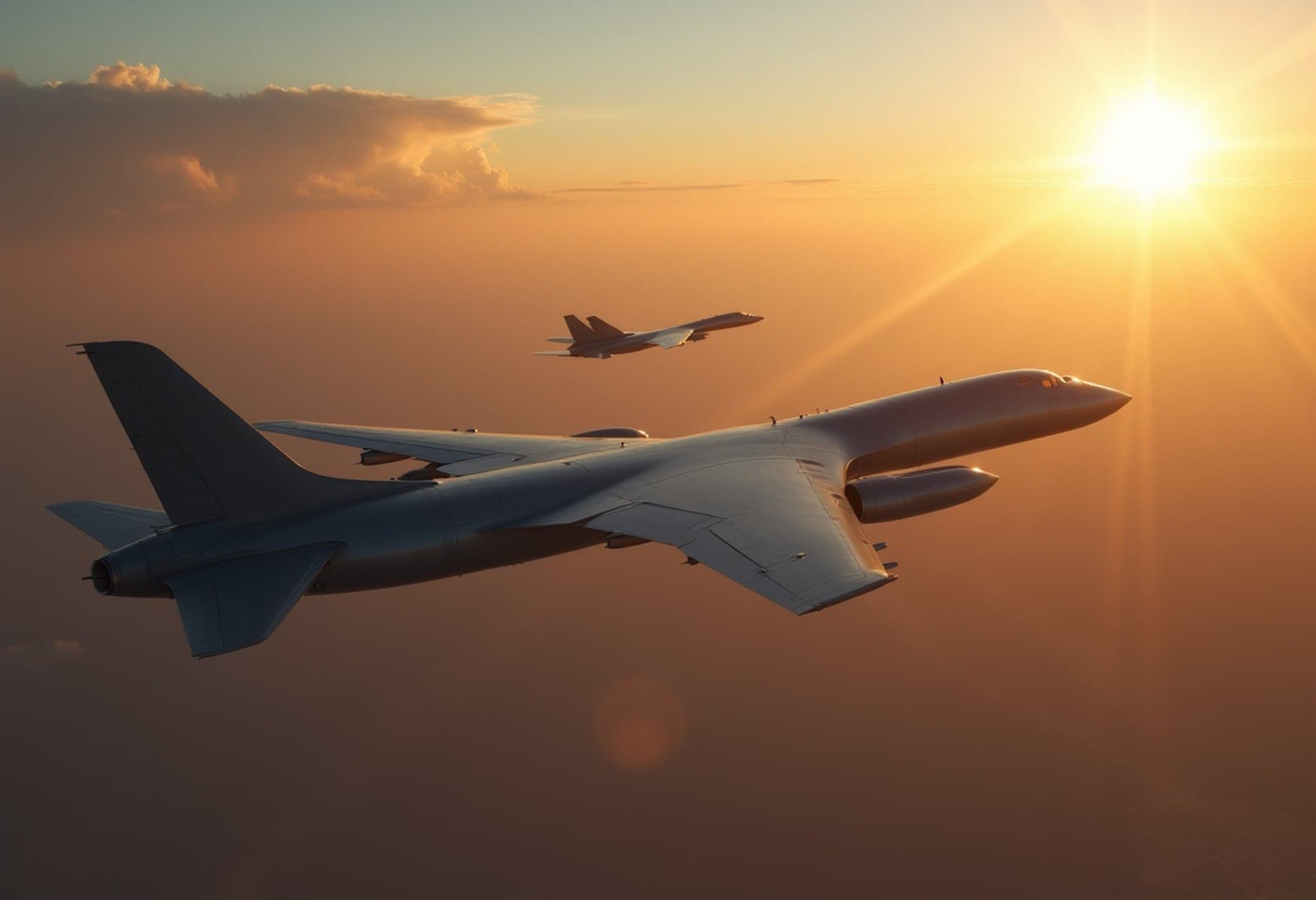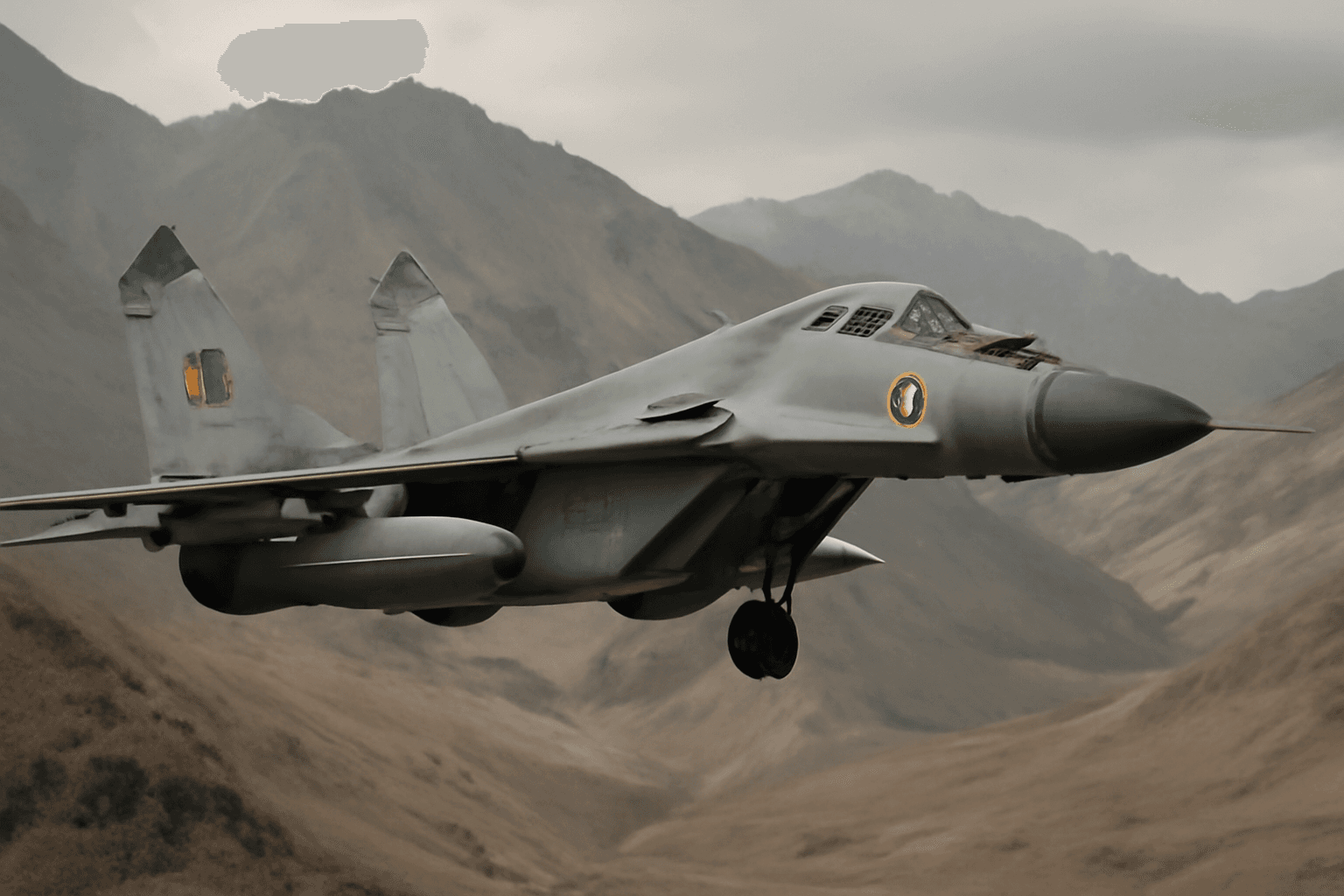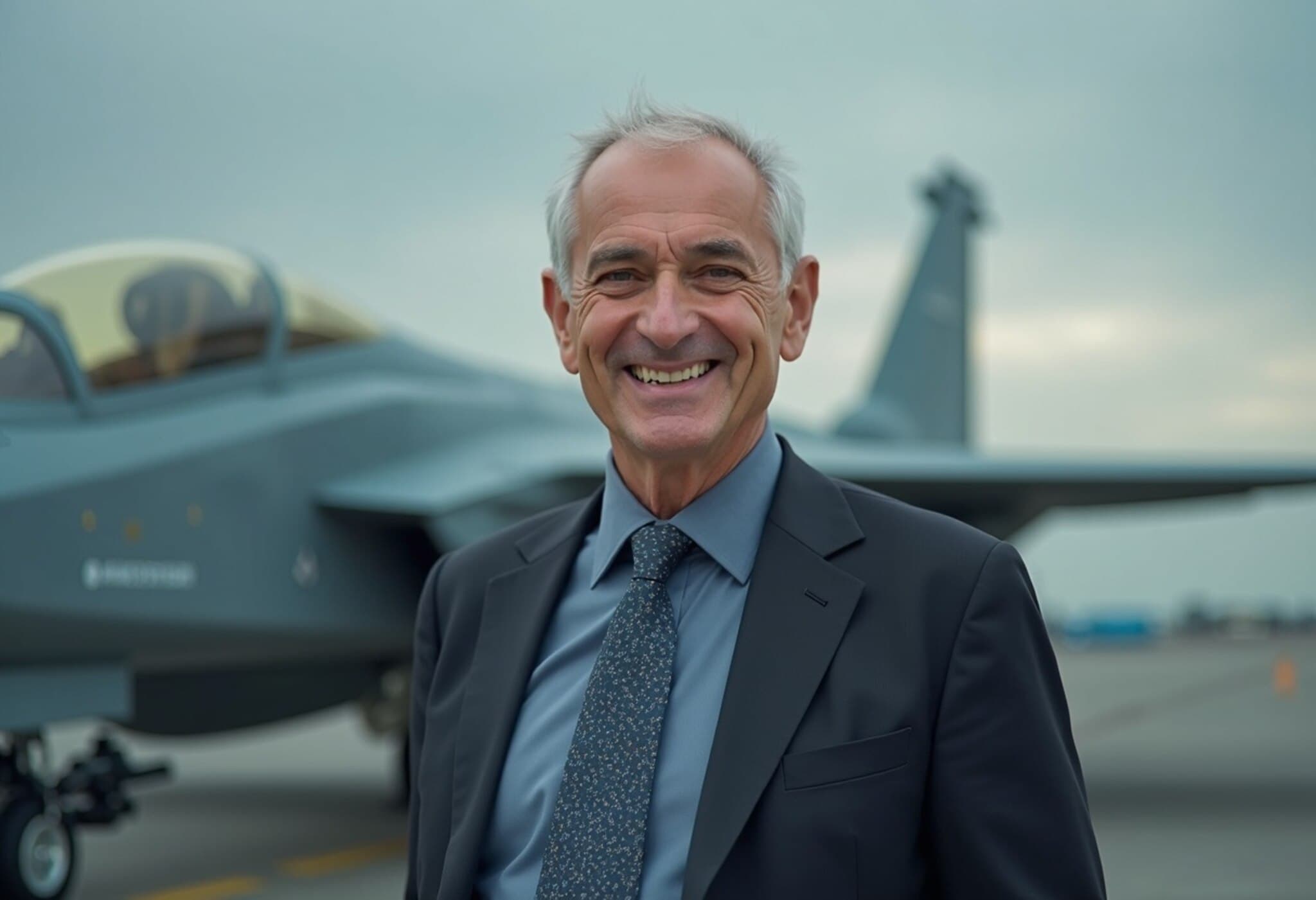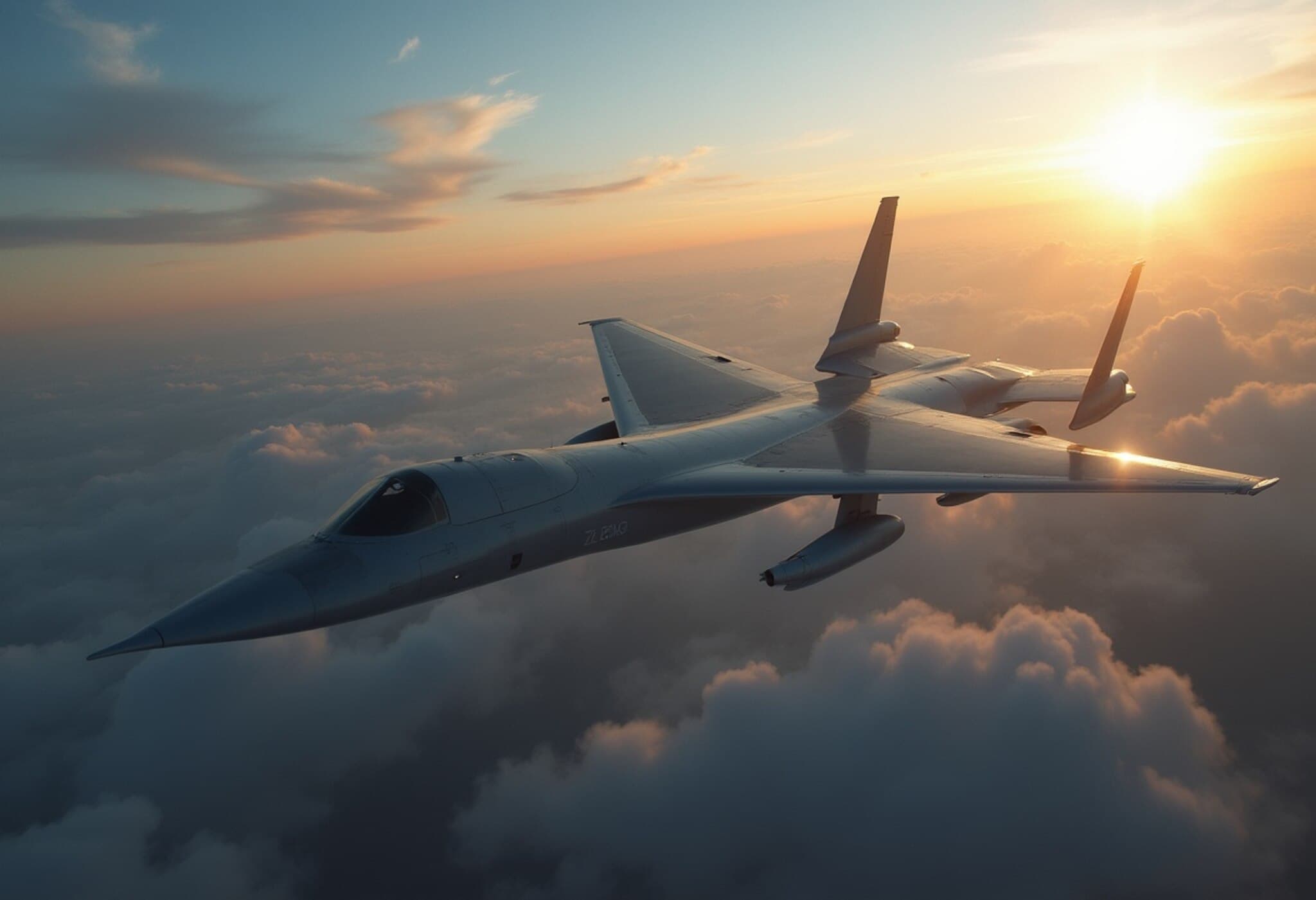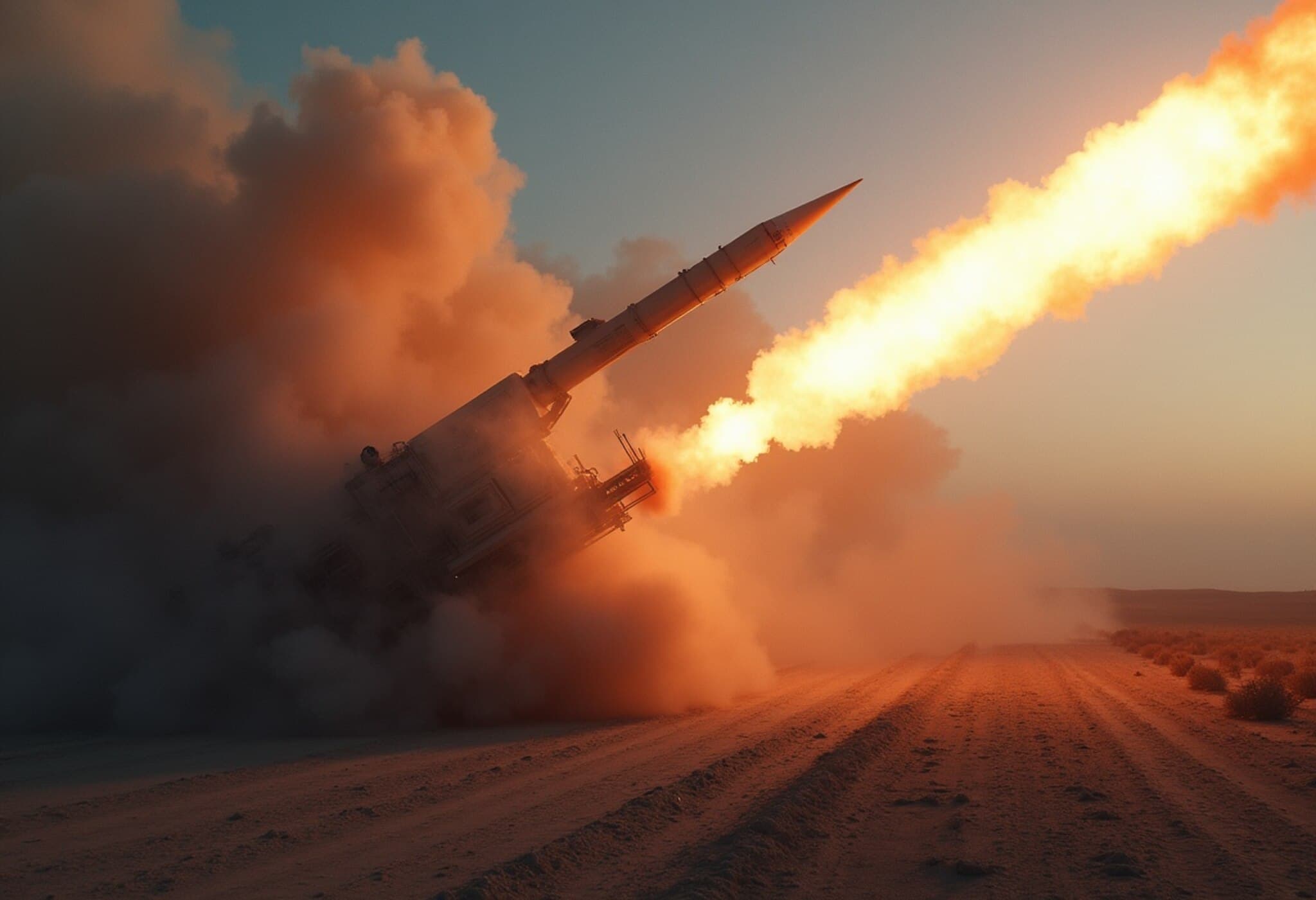The Rigorous Preparation Behind B-2 Bomber Missions
The B-2 Spirit, a cutting-edge stealth bomber valued at $2 billion and engineered by Northrop Grumman, recently played a pivotal role in strikes on Iran's nuclear sites. But behind the scenes, pilots face intense preparation ensuring they are physically and mentally ready for missions that can stretch beyond 40 hours.
Nutrition: A Key Element of Flight Readiness
Extended flights spanning nearly two full days require pilots to meticulously manage their nutrition to maintain alertness and comfort. Since the B-2 bomber has a single chemical toilet onboard, digestive management is crucial. Pilots undergo weeks of nutritional training to understand which foods speed up or slow digestion.
A typical pilot’s meal? Simple and bland foods like turkey sandwiches on wheat bread with no cheese — designed for ease of digestion and to minimize potential discomfort. "As bland as you possibly can," one veteran pilot explained.
Endurance and the Challenge of Mid-Air Refueling
The B-2 boasts a wingspan of 172 feet (52.4 m) and can fly 6,000 nautical miles without refueling. However, most missions require multiple mid-air refuelings, which only get more taxing as fatigue sets in. These refuelings are done "blind"; pilots rely on visual cues from the tanker’s lights and memorized reference points since the fuel boom is positioned 16 feet behind their heads and cannot be directly seen.
Nighttime refueling poses additional risks, especially during moonless conditions. Adrenaline helps pilots push through, but exhaustion and caution make the task inherently dangerous.
Rest and Alertness in the Sky
The B-2’s cockpit features a small area behind the seats where pilots can briefly rest on a cot. Snacks like sunflower seeds are often used to maintain alertness between meals, providing a quick energy boost without affecting digestion adversely.
The Human Element Behind Stealth Technology
Although the B-2 is a marvel of stealth technology designed to minimize infrared, radar, and acoustic signatures, its success heavily depends on the humans operating it. Unlike older bombers which required larger crews, the B-2’s two-person crew bears immense responsibility, relying on skill and endurance.
Since the B-2’s first flight in 1989, its fly-by-wire system has evolved to respond faster and more precisely to pilot commands, improving mission safety and efficiency, particularly during delicate maneuvers like refueling at high altitudes.
Historic Missions and Legacy
During the 1999 Operation Allied Force, B-2s flew as long as 31-hour round trips from Missouri to Kosovo, striking a significant 33% of targets in the initial eight weeks. In Iraq, these bombers dropped over 1.5 million pounds of munitions in just 49 sorties, demonstrating their strategic impact.
Looking Ahead: The Future of Stealth Bombing
The Air Force plans to phase out the B-2 and B-1 fleets, introducing at least 100 B-21 Raiders over the upcoming decades. The operational cost of the B-2 hovers around $65,000 per flight hour, slightly above the B-1’s $60,000.
Despite the seemingly effortless execution of complex missions, pilots emphasize the enormous teamwork behind the scenes. Successful operations require coordination with planners worldwide and devoted maintenance crews ensuring the aircraft is always mission-ready.
"Our pilots make it look easy, but it's far from easy," a seasoned crew member remarked, highlighting the immense dedication behind every flight.

